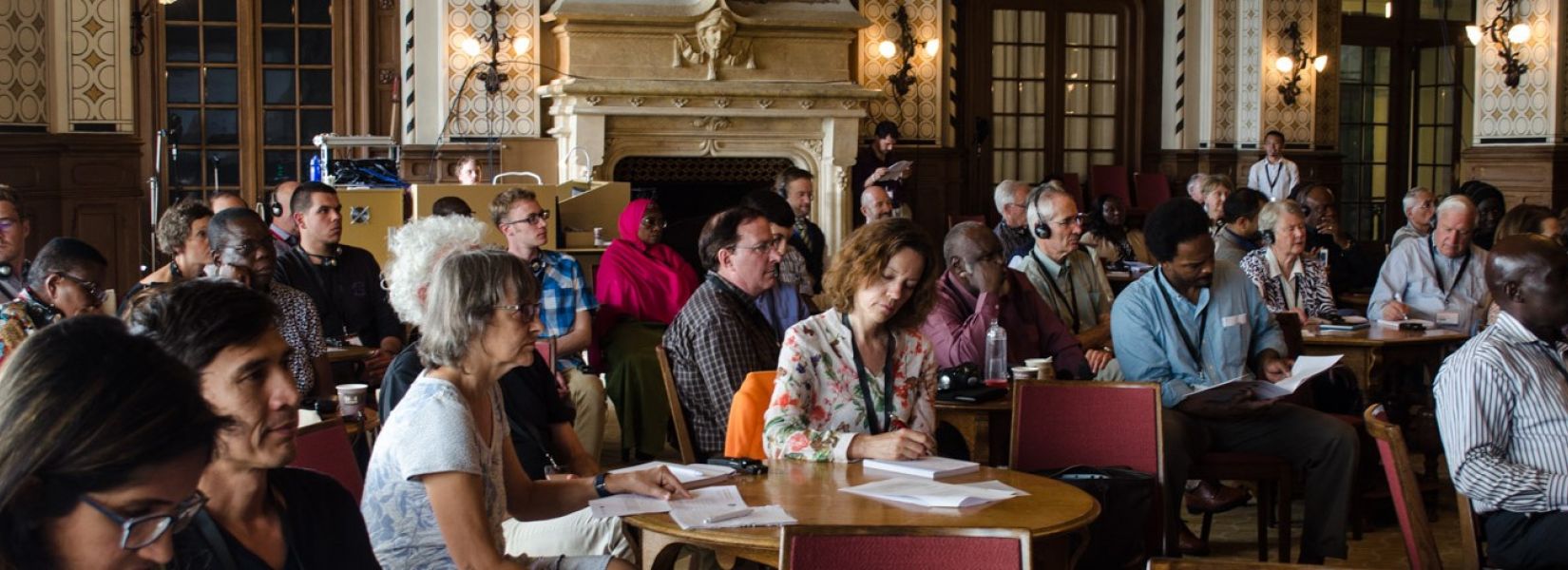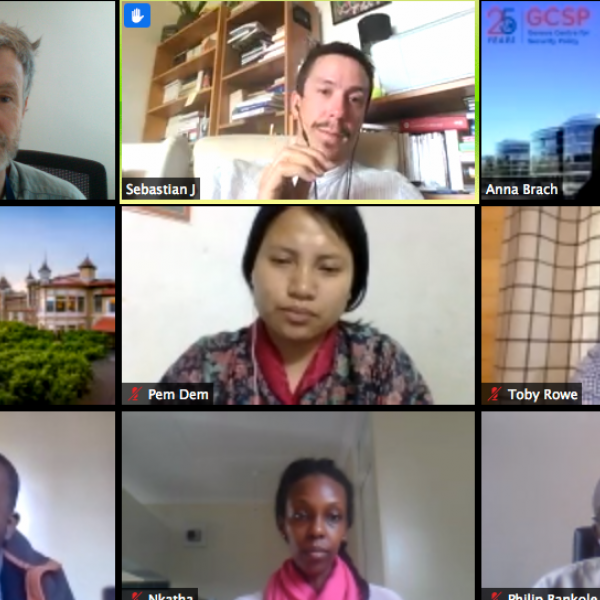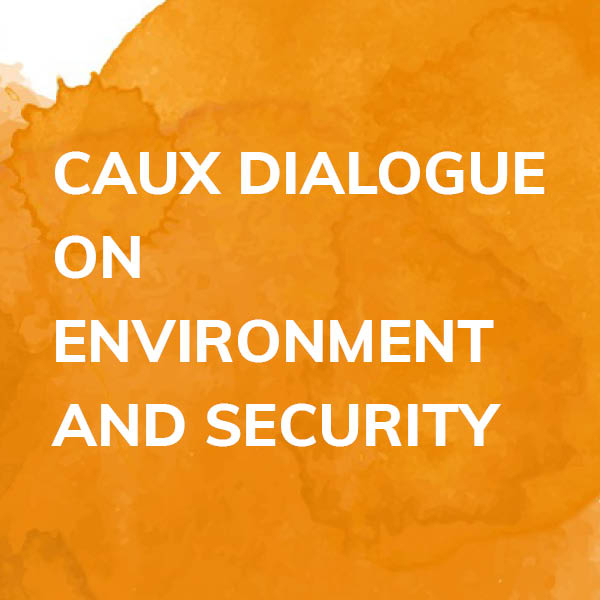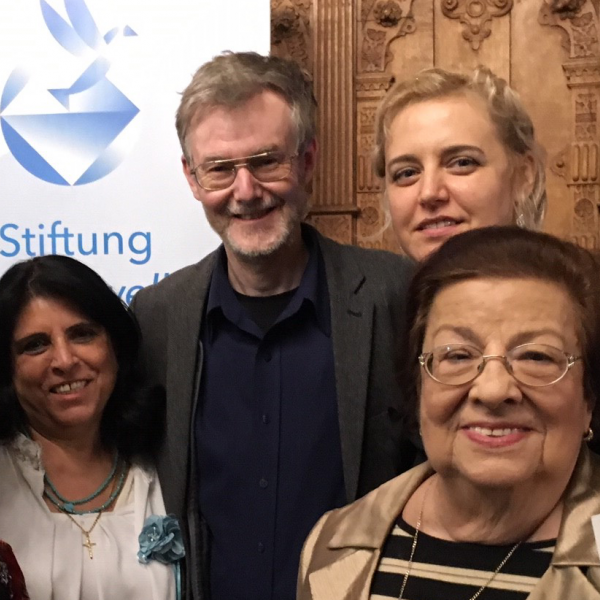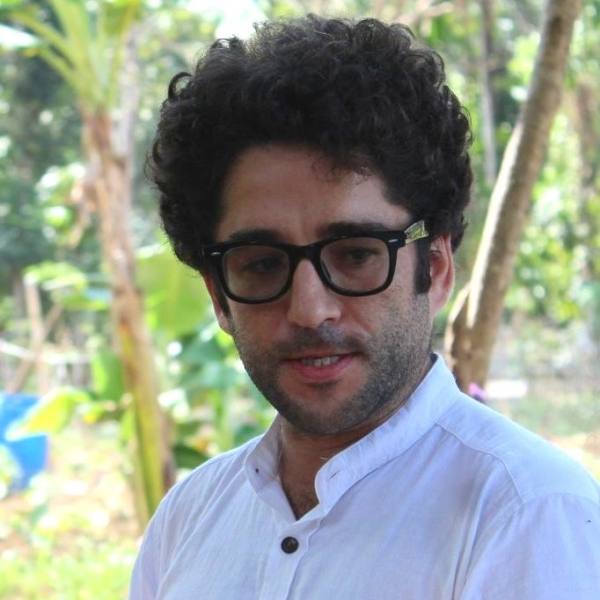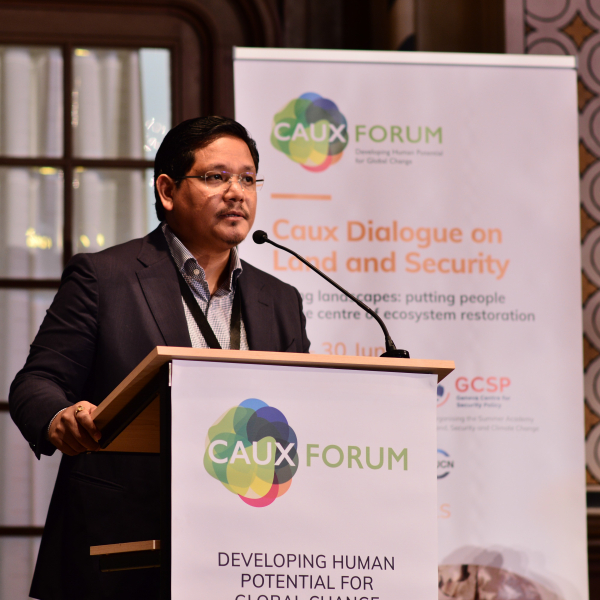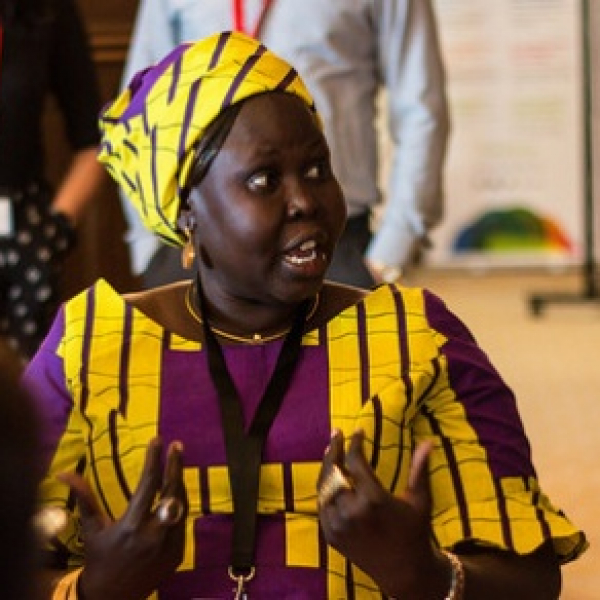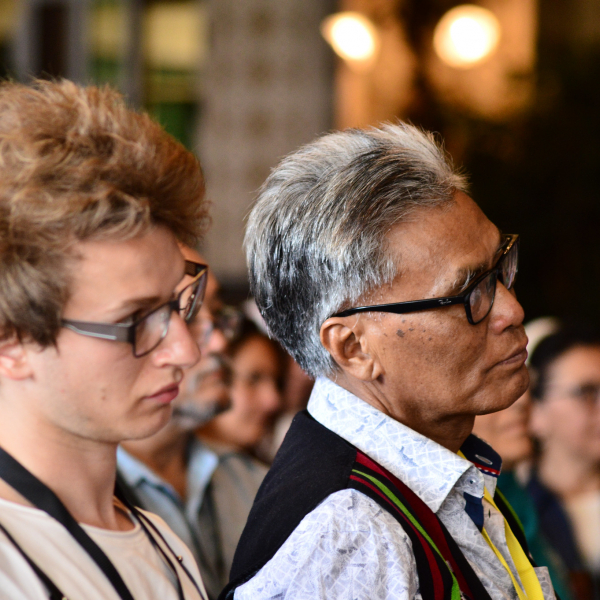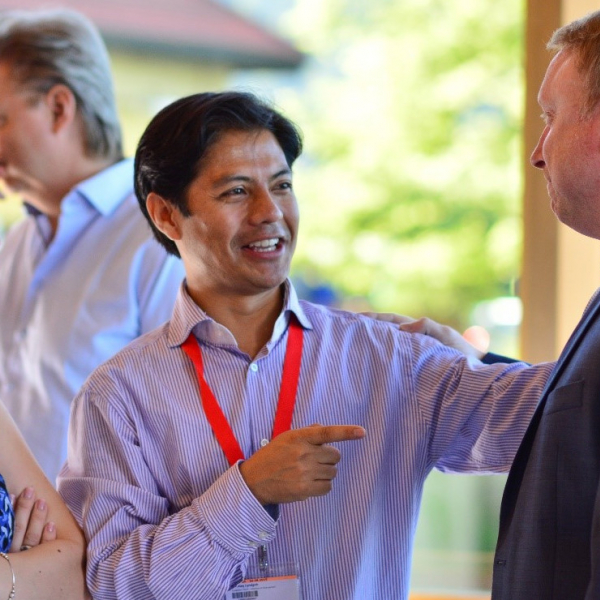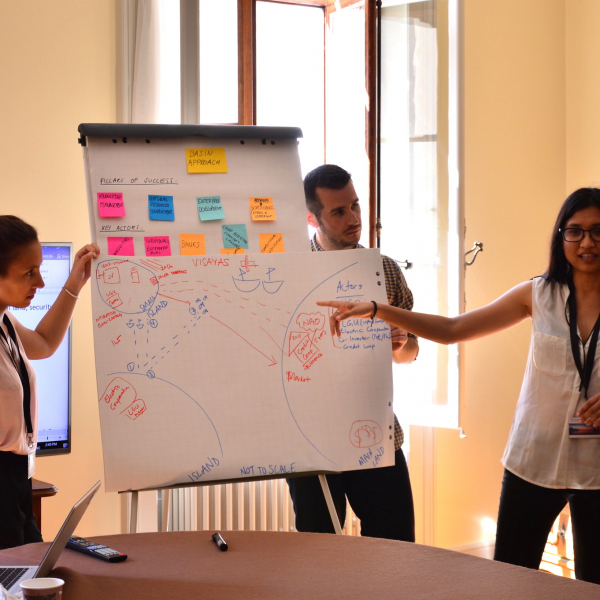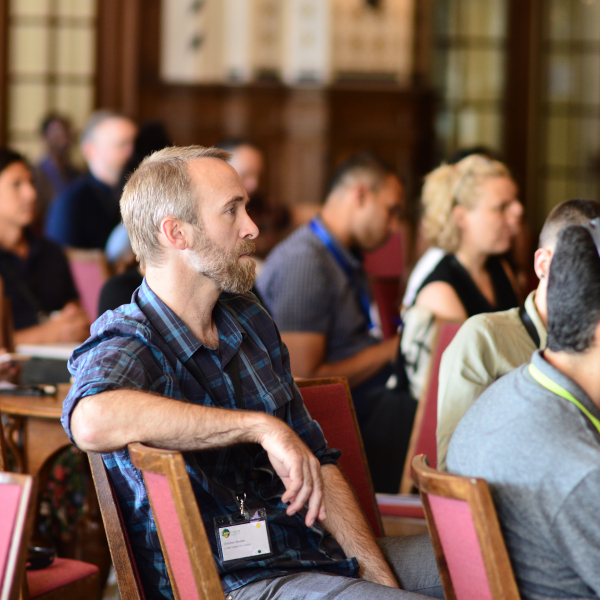CDLS Round Table Declaration 2018
Caux Dialogue on Land and Security (CDLS) 2018
20/07/2018We, the participants of the Caux Dialogue on Land and Security 2018, comprise senior officials of governments, parliaments, international organizations, financiers, business, NGOs and media from Africa, Asia, Europe and the Americas, met on July 17 - 21 at the Caux Conference Centre, and have formally endorsed this Declaration.
Conscious that land restoration is a key driver of food, water income and energy security as well as climate resilience and mitigation, we acknowledge the urgent need to scale up and multiply transformative sustainable land based solutions to achieve land degradation neutrality by 2030.
We recognise that a robust policy framework and targeted financing are needed to prevent more land degradation and to restore our degraded landscapes, and we see an urgent need for a paradigm shift in our governance systems towards a more inclusive and comprehensive assessment and accounting of natural capital.
We call for the strengthening of dynamic and enabling environments at local, national and regional levels, and for the mainstreaming of landscape restoration approaches across national and regional development strategies for promoting peace and security.
Having discussed ways in which this might be done from the standpoints of our diverse organizations, disciplines and backgrounds, we offer these key recommendations and observations structured under three broad headings:
Policy frameworks to incentivize land restoration and avoid perverse incentives
- Implement land governance policies and systems that provide appropriate land tenure security and that guarantee local communities’ land use rights, including those of women and youth;
- Map the degradation status and vulnerability and the potential for restoration, at both local and landscape levels, of lands as a decision support tool, ensuring transparency and the accountability of landscape stakeholders in the process;
- View farmers and local communities as agents of transformation and provide high-level political support to landscape restoration;
- Eliminate perverse incentives that promote degradation, and devise positive incentives that reward the adoption of land restoration practices such as agroforestry and regenerative ecosystems;
- Provide opportunities for women and youth to diversify their livelihoods through local communities and civil society organizations in order to help de-incentivize migration; and
- Promote comprehensive assessment, valuation, and accounting of natural capital at national and corporate levels.
Financial tools and innovative mechanisms available as incentives for land restoration
- The single most significant step to reduce GHG emissions from terrestrial ecosystems is to scale up global land restoration financing. The restoration of lands and ecosystems can provide at least a third of the total mitigation target required to keep temperature rise in line with the internationally agreed target of staying well below 2 degree Celsius;
- The restoration of land, the preservation of biodiversity, climate change initiatives and the peace agenda must converge because integrated approaches that offer multiple benefits, such as agroforestry and regenerative agriculture, are more likely to succeed, offer a much higher return on investment, and can more easily leverage public - private financing; co-operation between the three Rio-Conventions is pivotal for holistic approaches;
- The global funds needed to address land degradation and climate change significantly exceed current financial flows. Additional investments in land restoration are critically important since a full quarter of the global land area has been degraded over the past half-century, with impacts that range from exacerbated climate change to worsening conditions especially for the most vulnerable and poorest. The full societal cost of degradation is extraordinarily high, with estimates ranging up to $6 trillion a year, or 8% of world GDP;
- Public funding alone is not sufficient to address the current needs. 95% of climate finance goes to mitigation, of which 80% is targeted at the private sector, while only 5% of climate finance goes to adaptation initiatives. There is a need to scale-up private sector finance for land restoration and adaptation;
- Public concessional finance has a key role to play in mobilizing private finance. Global funds such as the GEF, GCF and LDN Fund as well as bilateral and multilateral institutions and national public finance, must be deployed strategically to leverage, de-risk and crowd in private as well as impact investors, including through blended (public-private) finance structures;
- Results-based mechanisms (such as payment for ecosystem services and adaptation benefit mechanisms) can encourage private sector investments at scale in efforts aimed at the land and ecosystem restoration, and facilitate decentralized financial flows;
- Innovative financial and monitoring technologies such as artificial intelligence and distributed ledgers (e.g. blockchains) have huge potential to unlock private financing, facilitate impact investing, and encourage farmer participation in land restoration projects by providing secured accountability and trust in complex, multi-actor transactions;
- Enhanced accountability and transparency is needed in the use of emerging technologies such as blockchain for land restoration / adaptation projects through standards, tracking, monitoring and verification of results;
- Engaging and empowering key stakeholders, including affected communities and civil society actors (who support vital nexus of impact, finance and innovation), is critical; and
- We must make sure that new and innovative financial instruments focusing on land restoration and climate change adaptation and resilience solutions are explored with particular emphasis on accountability, scalability, and decentralization, and that the UNCCD, UNFCCC and CDB are encouraged to use COPs as fora to promote land restoration.
The impact of land restoration on migration and conflict
- Migration is a major global phenomenon across regions and nations, and within nations, that needs to be managed as a priority;
- Land degradation diminishes livelihoods which in turn drives conflict and migration, while sustainable land management including the restoration of degraded landscapes have the potential to alleviate pressures that drive conflict and migration;
- A key solution is to address the migration push factor that is ecosystem degradation by prioritizing land restoration across the Sahel region as well as in other hotspots around the globe. The financial, human, and political cost of sustaining the livelihoods of those who may migrate is far lower than coping with poorly managed mass migration;
- Women’s empowerment and youth’s education are keys to success on the ground. Jobs, livelihoods and value chains for income generation in the context of sustainable landscape management will also play a major role in mitigating the environmentally induced push factors of migration;
- Land restoration can foster close collaboration among diverse stakeholders and support shared prosperity, including in post-conflict areas to support healing of land as well as that of local communities;
- There is a need for seeking further evidence to understand the linkage between land degradation, conflict and migration, as well as looking into smart policy options to reduce conflict through land restoration; and
- Building on ongoing efforts, there is an urgent need to undertake in-depth research by the International / National Agencies and partner institutions on human and societal benefits from land restoration needs.
Together with our partners, we commit ourselves to implement these recommendations to the maximum extent of our possibilities.
We call upon leaders, experts and key stakeholders at all levels to join us in this endeavor.
Collectively, we strive to build new partnerships to support the approaches outlined above.
